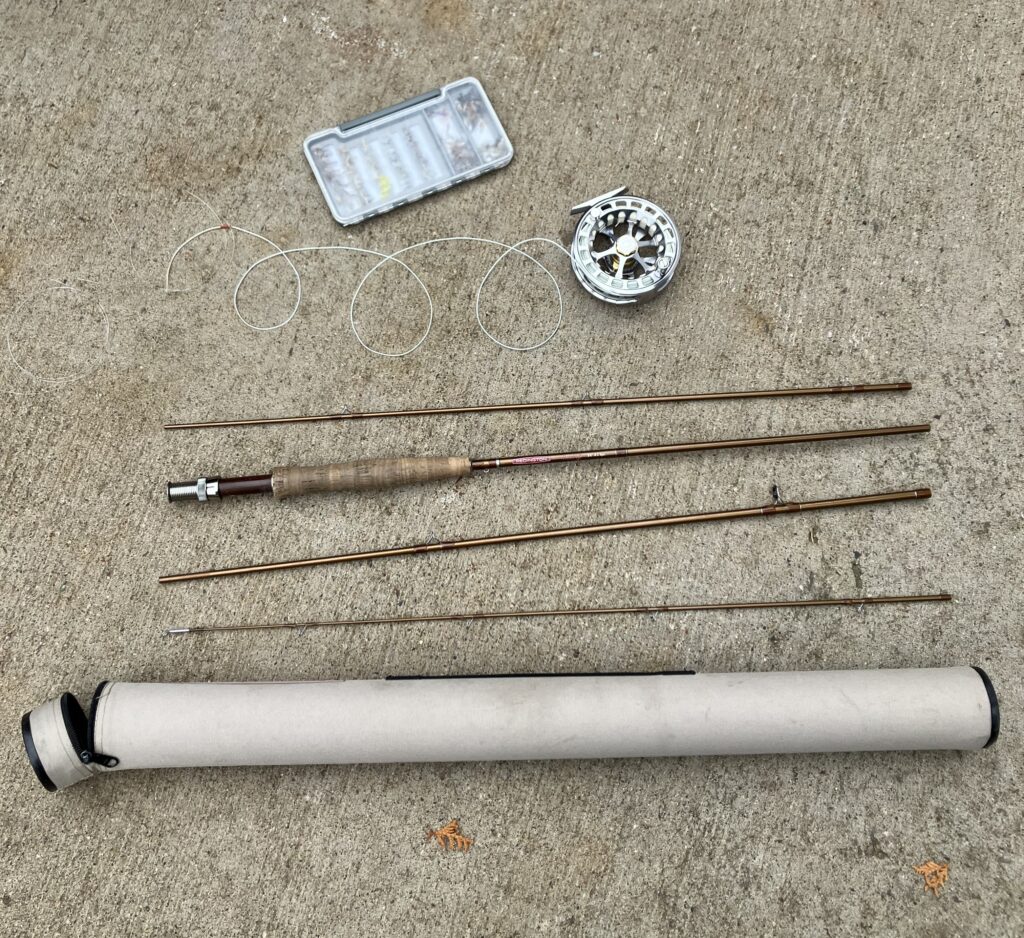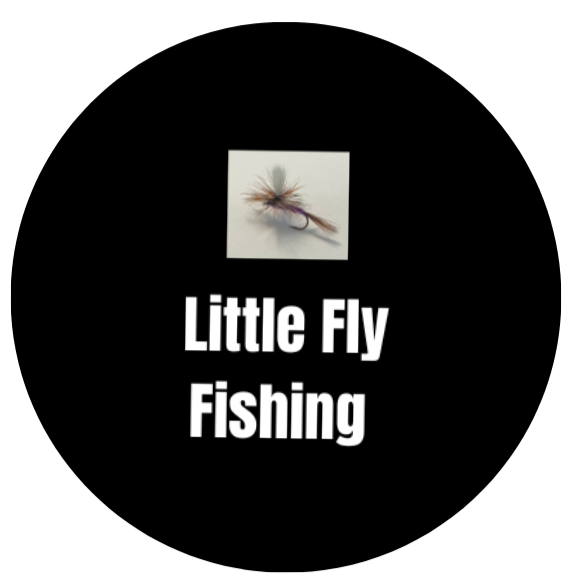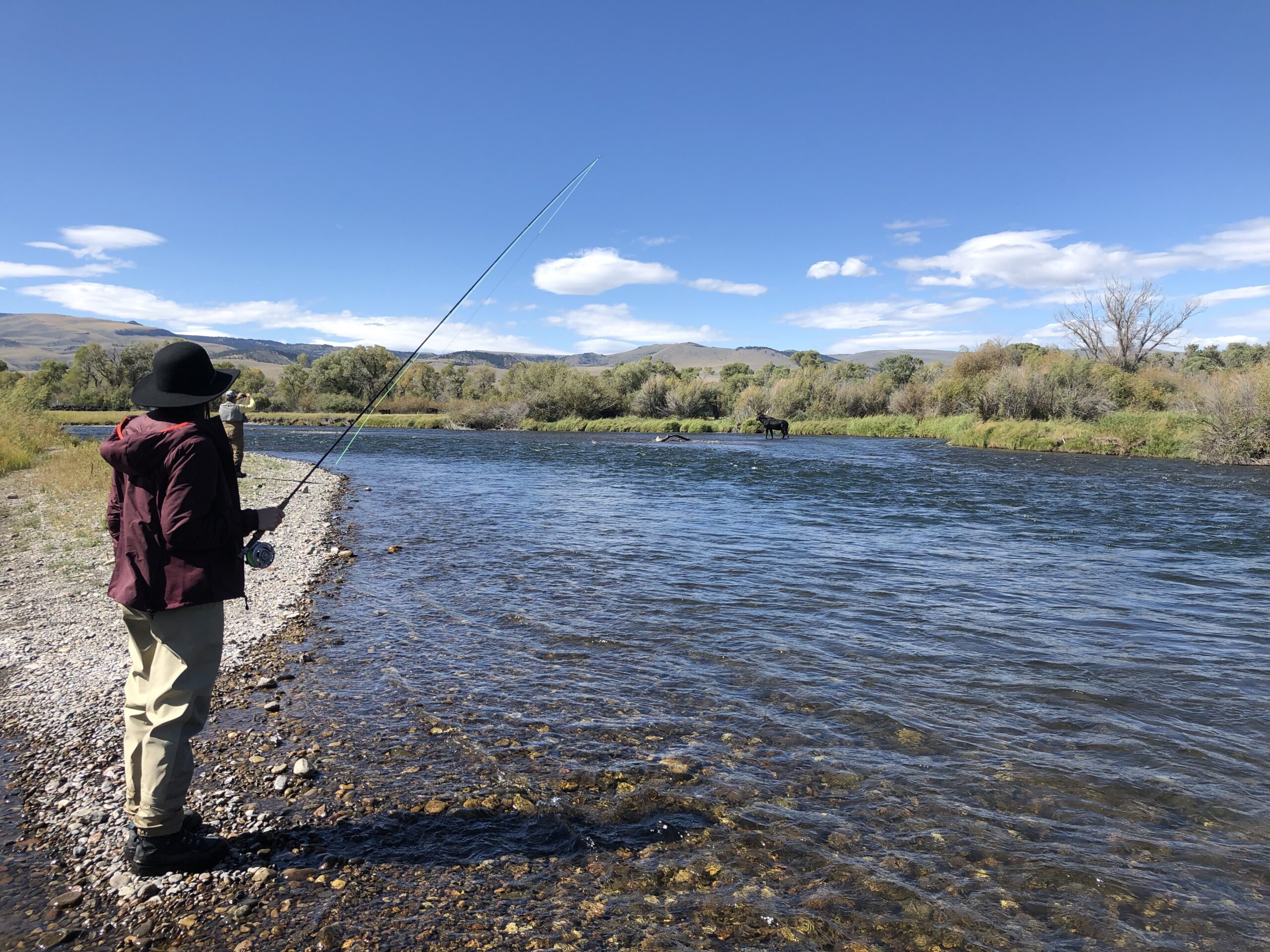Ah, fly fishing, it’s a delightful and relaxing way to spend time outside. Picture yourself standing knee-deep in a pristine river, surrounded by the soothing sounds of rushing water and the gentle rustling of leaves in the breeze. It’s just you, the water, a fly rod, and hopefully some fish. Let’s dive into the basics of this old-school yet effective way to catch fish.
What Makes Fly Fishing Different From Conventional Fishing?
What is fly fishing? In short, fly fishing is using a rod, reel, line, and an artificial lure called a fly to try to catch fish. The main thing that makes fly fishing different from conventional fishing is the weight of the line and lure. In fly fishing the lure (aka the fly) is very light and the line is heavy. A fly angler is essentially casting the line and the fly is along for the ride. In conventional fishing, the lure is heavy and the line is light so an angler is casting the lure and the line is along for the ride.
One of the main benefits of fly fishing is the ability to cast very small and lightweight insect imitations. Fish, especially trout, eat lots of small insects. Casting these small lightweight flies any meaningful distance is not possible with conventional fishing gear.
What Do You Need To Start Fly Fishing?
First things first, your gear. You’ll need a fly rod, a reel, some fly line, a leader (lightweight clear line used to attach flies to your fly line), and flies.

Fly rods come in different lengths and weights, each designed for a specific type of fishing. In general, lighter rods are for small streams and delicate presentations, while heavier ones handle larger fish and bigger water.
The fly reel may look fancy, but its job is pretty simple – to hold your line. The real magic happens with the fly line. It’s thicker and heavier than traditional fishing line because, in fly fishing, you’re not casting a heavy lure but a lightweight, often hand-tied, fly. The line’s weight helps you load the rod and deliver your fly to the target.
Next up, the flies. Flies in fly fishing are artificial imitations of real insects, baitfish, or other natural prey. There’s a bewildering array of flies out there, some are designed to mimic a specific insect or creature, others might not look like anything found in nature. They can be beautifully crafted little works of art or a mess of yarn on a hook. Knowing a bit about the eating habits of your target fish species can be a tremendous help when selecting a fly. Read my post on insects that trout like to eat here.
Fly Fishing Techniques
After you have the necessary gear, the next steps are finding a place to fish, reading the water, and casting to a likely spot.
There are many ways to find good places to fish. Finding a place to fish is kind of a big topic so I’ll cover it in another post. I think it’s safe to assume that no matter where you live, there is some water holding fish within a reasonable travel distance from your home.
On to the art and science of reading the water. The phrase “reading the water” refers to the act of looking at a stream or lake and figuring out where fish are more likely to be. Fish tend to hang out in specific spots, like deep pools, eddies, under fallen trees, or in the shade. The spots the like might change throughout the year depending on the weather and available food. You’ll learn to spot these hiding places by paying attention to where you see and catch fish.
People have written whole books about fly casting so it would be pretty difficult to cover the topic in a single blog post. It can seem complicated but the basics are pretty simple. Here is a post describing the steps in a basic cast. When the fly hits the water, the anticipation really builds. You’ll gently strip, twitch, or let it drift, imitating the movements of prey to entice those wary fish.
Fly fishing’s not just about catching fish. It’s about enjoying nature, exploring new places, and learning new things. So, grab your gear, find a peaceful spot by the water, and give fly fishing a try.
PS – don’t forget to buy a fishing license. It’s required by law and it supports fisheries management.

